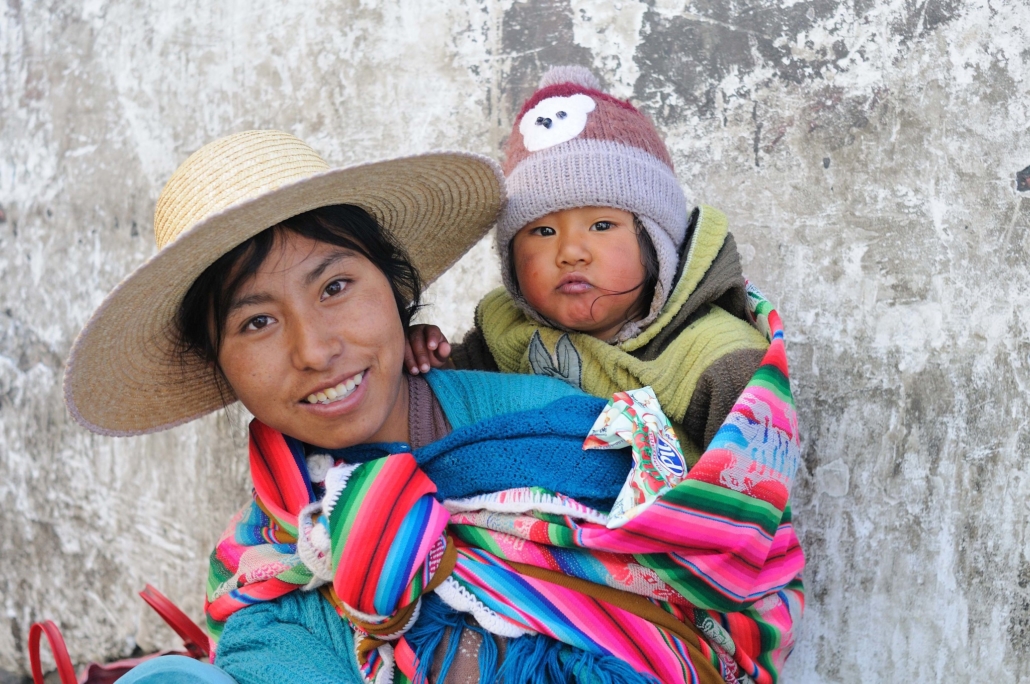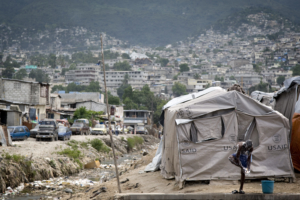 Andorra is a small principality nestled between Spain and France, with a population of 77,000 people. Famous for its ski resorts and status as a tax haven, Andorra also happens to have one of the highest life expectancies in the world. Here are 10 facts about life expectancy in Andorra.
Andorra is a small principality nestled between Spain and France, with a population of 77,000 people. Famous for its ski resorts and status as a tax haven, Andorra also happens to have one of the highest life expectancies in the world. Here are 10 facts about life expectancy in Andorra.
10 Facts About Life Expectancy in Andorra
- Andorrans live to 83 years on average. According to the CIA, the country has the ninth highest life expectancy in the world. While the life expectancy of male Andorrans is 80.8 years, female Andorran life expectancy is 85.4 years.
- The culture of Andorra encourages exercise and physical activity. Andorra’s mountainous terrain has fostered a culture of physical fitness. Hiking, skiing and other recreational activities are commonplace in Andorra.
- Andorra has one of the best public health care systems in the world. Around 75 percent of outpatient medical care is reimbursed. About 90 percent of hospital expenses are reimbursed too.
- Infant mortality in Andorra is declining. According to UNICEF data, the current under-5 infant mortality rate in Andorra is 2.9 out of 1,000 live births. This is a significant improvement from the rate in 1990, where 10.8 infants out of 1,000 live births died.
- Ischemic Heart Disease (IHD) is the leading preventable cause of premature death in Andorra. IHD is caused by a buildup in the arteries, which restricts blood flow into the heart. In the long term, IHD can lead to a heart attack. According to a WHO report, while tobacco usage and high blood pressure rate are going down, obesity is on the rise in Andorra as more people are consuming fast foods. Still, the majority of the population maintains a Mediterranean diet with the following staples: lean meat, vegetables and olive oil.
- The entire population of Andorra has access to an improved water source. However, the overall surface water quality does give rise to some concerns. In 2017, the Andorran Ministry of Environment reported that 86 percent of surface water in Andorra was of high quality, while 8 percent was of acceptable quality, 3 percent of poor quality and 3 percent of very poor quality.
- Every citizen in Andorra has access to improved sanitation facilities. Since 1996, Andorra installed four wastewater purification plants. The wastewater purification plants purify almost 100 percent of sewage in Andorra.
- The immunization rate in Andorra is very high. According to the WHO, Andorra has a general vaccination rate of 99 percent. Early childhood diseases such as measles, HepB3 and rubella are some of the most common diseases that Andorran kids get vaccinated for.
- The physician density of Andorra is 3.33 physicians per 1,000 people. This causes some concerns since this is a drop from 2010, which had 4 physicians per 1,000 people. In addition, the current physician density in Andorra is below the E.U. average, which is around 3.5 physicians per 1,000 people.
- Crime is nearly “nonexistent” in Andorra. There is one prison with a few dozen inmates, bringing peace of mind to citizens of the small state. Andorran diplomat, Juli Minoves, said it best in 2008: “I think that gives a lot of peace of mind to people. I think there is a psychological factor here, a feeling of safeness that people start to absorb from the moment they are born. Plus, there is a long tradition of democracy, of solving conflict in an amicable way.”
Lifestyle factors, a safe environment and access to excellent health care are the main contributors to an exceptionally high life expectancy rate in Andorra. A close-knit sense of community among Andorrans also contributes to a happy and healthy way of life in the European country.
– YongJin Yi
Photo: Flickr
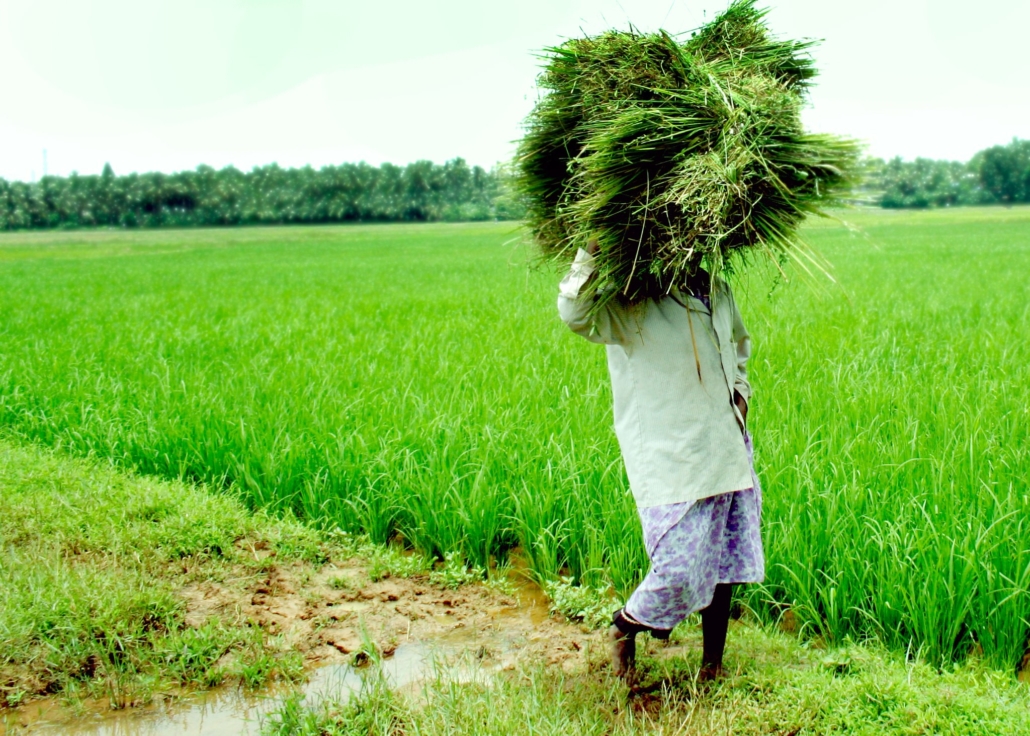
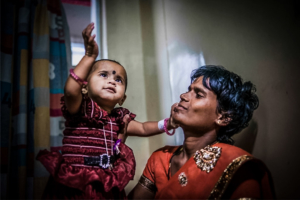
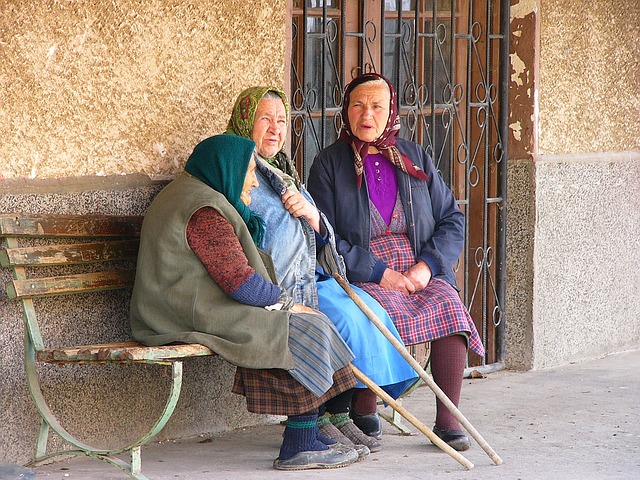
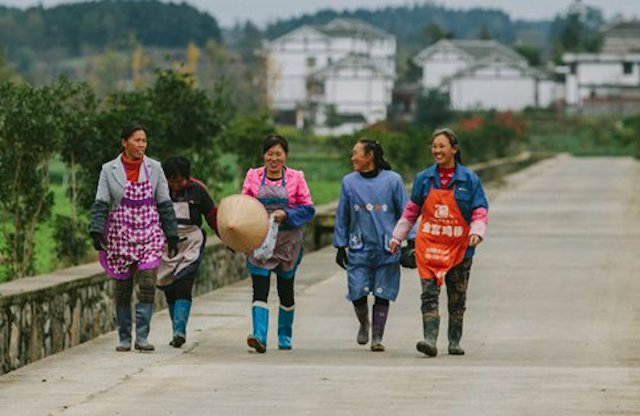 Over the course of 40 years, China pulled
Over the course of 40 years, China pulled  Thailand is home to nearly 70 million people. The Asian country is known for tropical beaches, opulent palaces and lush elephant rainforests. This extravagant subtropical climate is perfect for tourism but also serves as a breeding ground for mosquito-borne diseases such as malaria. Symptoms of malaria
Thailand is home to nearly 70 million people. The Asian country is known for tropical beaches, opulent palaces and lush elephant rainforests. This extravagant subtropical climate is perfect for tourism but also serves as a breeding ground for mosquito-borne diseases such as malaria. Symptoms of malaria